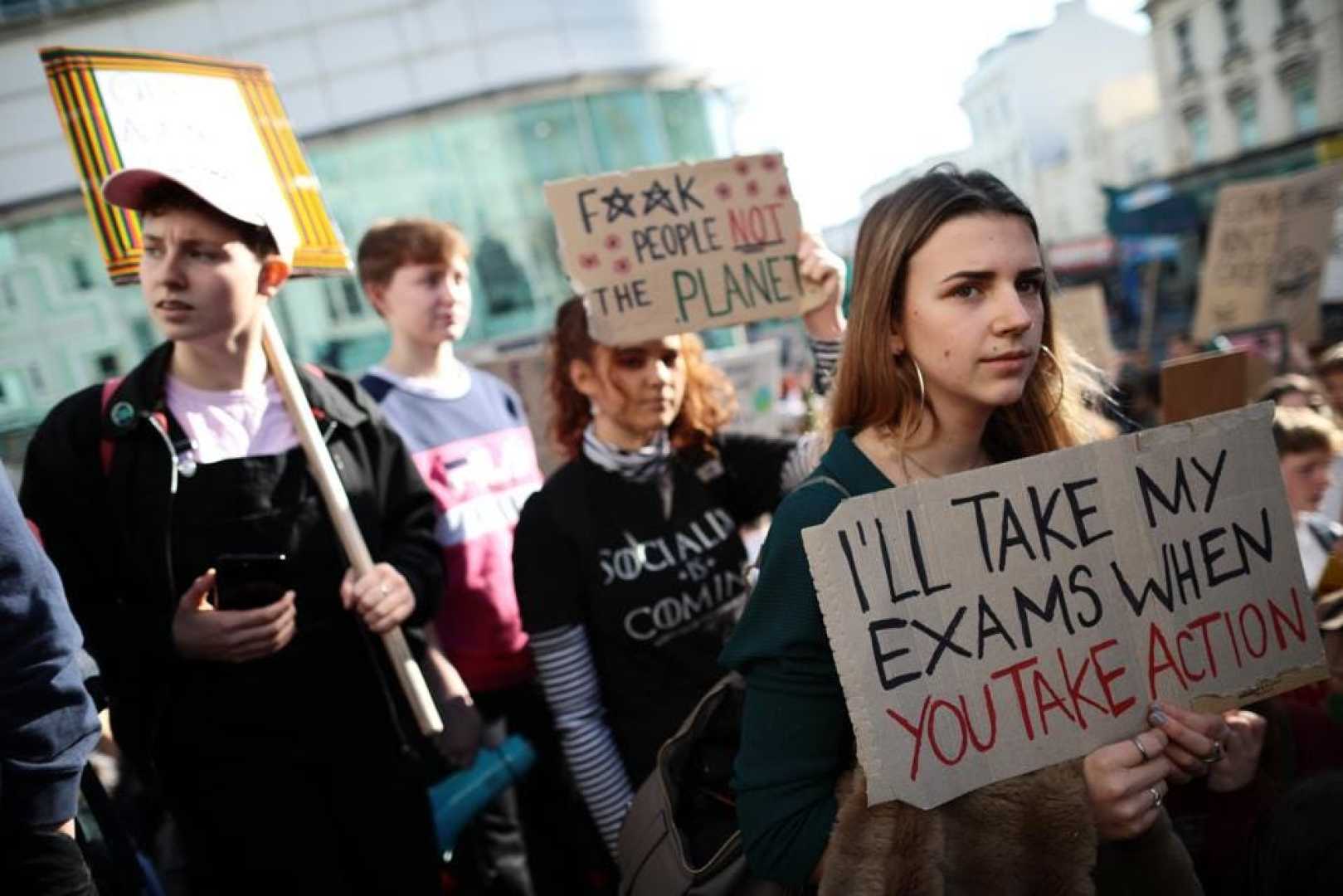News
Gen Z’s Role in Contemporary Protests Sparks Debate Amid Changing Activism Trends

WASHINGTON, D.C. — As protesters continue to fill the streets across the United States post-reelection of President Donald Trump, the participation of Generation Z raises questions about their engagement with activism. Protests like the “Not My Presidents Day” demonstrations in February and the “Hands Off!” rallies in April feature noticeably older crowds, prompting the question: Where is Gen Z?
A recent video by creator @djangita has garnered 2.3 million views, echoing concerns about the absence of younger voices in major protests. Experts suggest that the political landscape has led to a schism among young voters. While many supported Trump in 2024, with 55 percent of young men voting for him, approval ratings for the president among Gen Z have since dropped, revealing a complex picture of political discontent.
Alberto Medina from the Center for Information & Research on Civic Learning and Engagement noted that young people have been involved in significant protests, including those addressing gun violence and racial justice. However, experts like Dana Fisher have observed that mainstream protests may lack the participation of younger individuals due to their frustrations with the political process.
“Young people are feeling really frustrated with the two-party system in America,” Fisher explained. “They have lost confidence in the notion that democracy can work for them.” This sentiment was echoed by a student who stated, “Young people have given up on democracy in America.”
Despite these challenges, Gen Z is not completely absent from activism. Areas of focus have shifted, particularly toward international issues like the ongoing conflict in Gaza. Amanda Litman, co-founder of Run for Something, highlighted the recent emphasis on youth involvement in protests over Gaza amidst claims of harassment and intimidation faced by young activists.
The conflict, which escalated on October 7, 2023, has led to a humanitarian crisis, prompting protests at numerous U.S. universities. Hatem Abudayyeh from the U.S. Palestinian Community Network indicated that college students continue to participate in pro-Palestine protests, demonstrating that young people remain engaged but in different forms.
Litman noted, “Not all activism is flashy. It doesn’t always make for a compelling video or photo. That doesn’t mean it doesn’t work.” A shift is occurring, where young people are seeking alternative ways to express their voices through digital engagement and grassroots activism.
Medina emphasized the importance of providing accessible avenues for youth to engage politically. “Engagement online can serve as an entry point for youth to learn about advocacy and politics,” he stated, highlighting the promise of social media as a tool for political learning.
As young people explore new ways to participate in activism, the trend suggests a metamorphosis in how Generation Z engages with political issues. Litman added, “Run for Something has had nearly 50,000 young people express interest in running for office in the last seven months,” indicating a potential new direction for political engagement.












